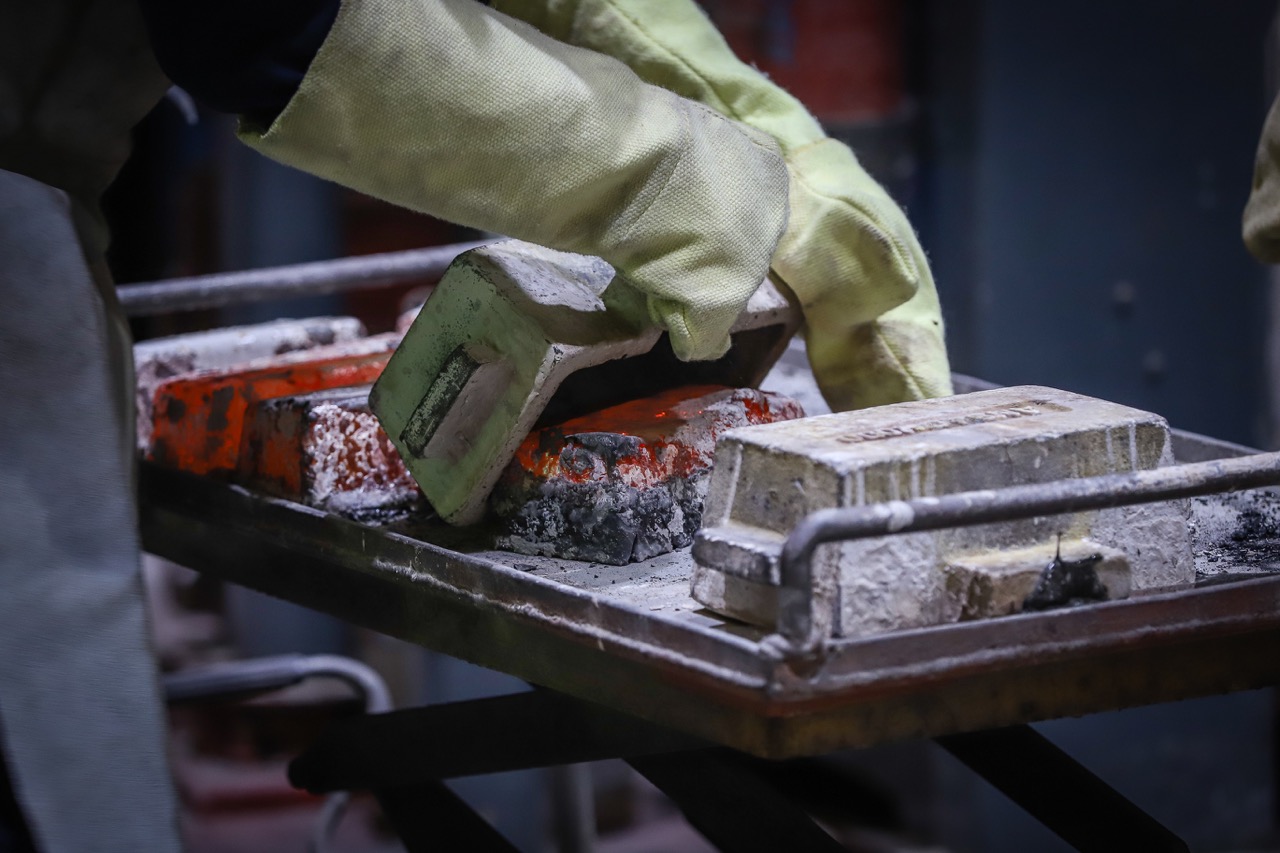Gold is one of the most highly-desired and useful metals in the world. Gold occupies an important place in our culture and society. It symbolizes power, beauty, purity, and accomplishment.
Many people are familiar with the use of gold in jewelry and investment. Not only that, gold is also used for a number of things in our daily life and across many industries.
Here are the top seven uses of gold and the most common uses of gold in daily life.
- Wealth protection
Unlike currencies and other financial securities, gold has intrinsic value. A currency note can be easily torn or otherwise destroyed. Gold, on the other hand, is an inert metal that cannot be destroyed. All of this and its rarity make gold appreciated as a precious commodity.
The general trend observed over the past 100 years is that gold is a haven investment (value remains stable although the economy is not stable). Gold investments are likely to outperform other investment options during recessions and economic downturns. That’s why gold is the idkeal tool for wealth protection and investors park their funds in gold during economic and political troubles.
- Jewelry, adornments and medals
Jewellery, and other decorative gold products, have always been and remain the largest global use of gold. Gold jewellery, rings, earrings, chains, cufflinks, bracelets and other items have existed for many centuries. In the modern world, jewellery made of gold shows high status and carries aesthetic beauty. But, many of the buyers will also have an eye on its investment value. Besides jewellery, gold is used to increase the value of a huge range of decorative items, such as medals and badges.
- Electronics
Gold doesn’t corrode or tarnish as quickly as copper and silver making it a great conductor of electricity and is highly resistant to heat. Physically, gold is a soft, pliable metal and can be easily stretched or plated into thin coatings. For these reasons, we use gold in connectors, connecting wires, and connection strips in electronic devices, among other things. All electronic devices have small traces of gold, even microwaves and smartphones.
- Space exploration
Space exploration and satellites are other growing consumers of gold. Besides the numerous electronic components, space travel and exploration also need gold particles to reflect infrared radiation from the sun.
- Medicine, dentistry, and aesthetic cosmetology
Because it is non-reactive and non-toxic, gold has for many years been used in dentistry and medicine. Small amounts of gold are injected as a treatment for Rheumatoid arthritis and muscle damage. Radioactive gold is used in oncology for the diagnosis and treatment of malignant tumours.
People also use gold threads in aesthetic cosmetology. There are gold-containing skin care products because gold can help elimination of skin problems and their rejuvenation, thanks to the antimicrobial action of the metal.
Meanwhile, in dentistry, the use of gold dates back to as early as 700 BC, when “dentists used gold wire to fasten replacement teeth into their patient’s mouths. Gold alloys are also used for fillings, crowns, bridges and orthodontic appliances because the precious metal is non-allergenic and easy to work with.
- Food production
Gold is registered as a food additive with code E175. In some countries, there are such popular products as beer with golden flakes, olive oil with golden leaves, pizza or coffee with tiny gold particles. It is believed that the food supplement E175 does not interfere with digestion, and even has hypoallergenic properties. But, it is usually used in small quantities due to its high cost.
- Architecture and building materials
Gold is actively used in glass making. In modern climate-controlled buildings, gold helps reflect solar radiation, which helps buildings to stay cool in hot weather, and reflects internal heat inward that helps to save warmth in winter.







